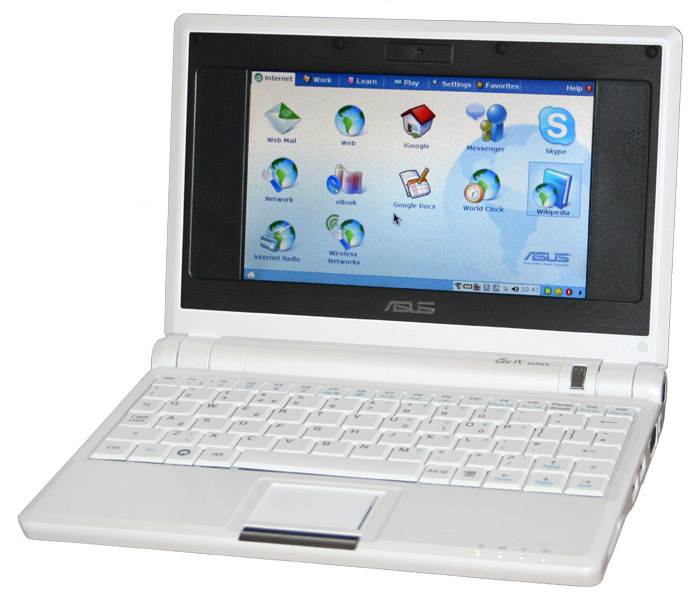 |
| G8CYW Optical head (April 2011 RadCom) |
I've now bought some NE5534 low noise op-amps so can implement the full
G8CYW optical head circuit which many users have successfully adopted. Stuart describes this as "exquisitely sensitive". I have BPW34 PIN diodes but think the sensitivity should be similar to that with the SFH2030 diodes used in Stuart's design.
In the first instance I need to remeasure the noise floor with the optical head in total darkness to see if the changes indeed make it better than the current discrete component circuit. My first quantitative noise measurements suggest far higher noise floor than I expected.
Assuming this gives improved performance over my 0.4km local "up the road" test range, my next step is to attempt a longer path, so I am looking for a path of around 2-3km to test with my baseband beacon. If this works with decent S/N then I'll retry looking for
the GB3CAM optical beacon. At 32km this is a good test of system performance. At the test site at Nine Mile Hill the traffic noise was high (optically and audibly) so I also need to increase the signal level in the earpiece used to align the RX.
There is also soon to be a second optical beacon near Cambridge and this should be a little closer and an easier signal to find. However, I need to do tests before this is installed at Dry Drayton.
Incidentally, I managed to overcome the parallax issue in the optics alignment so now a distant street light is spot on in the cross-hairs of the spotting scope.






